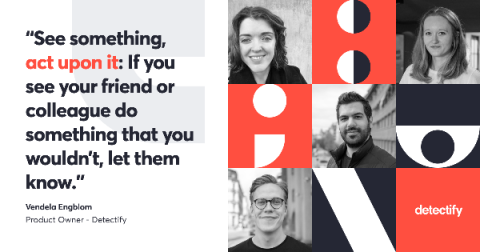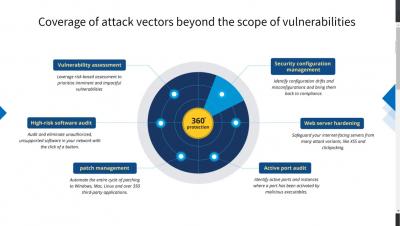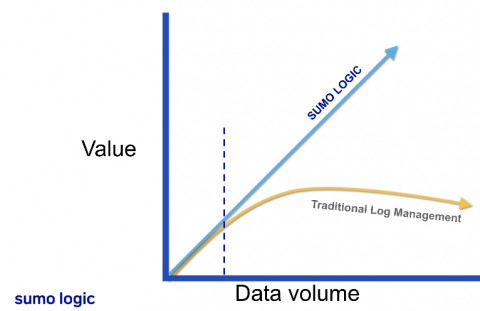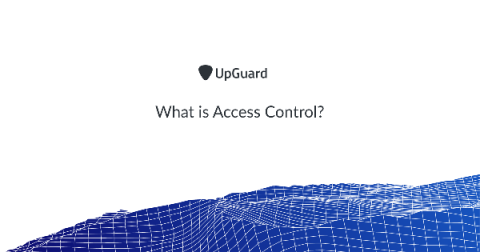Just released! AT&T Cybersecurity Insights Report: 5G and the Journey to the Edge
We are certainly in unique times, with COVID driving digital transformation at an unprecedented pace, remote work appearing to be long term, and the specter of new threats looming over security professionals as they strategized how to protect a rapidly changing business and tech landscape. To use perhaps one too many cliches: it is the best of times, it is the worst of times, the times are a changin’, and a change will do you good. No really, it will.











